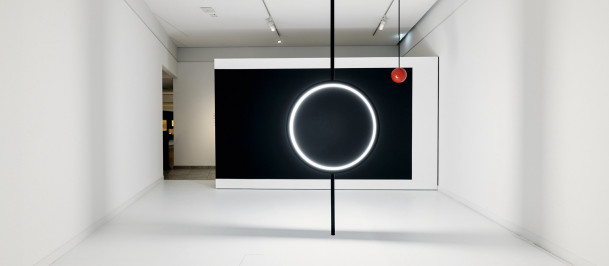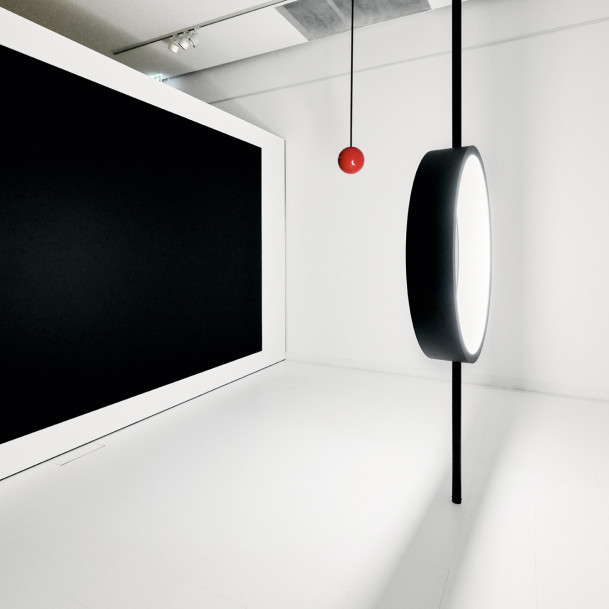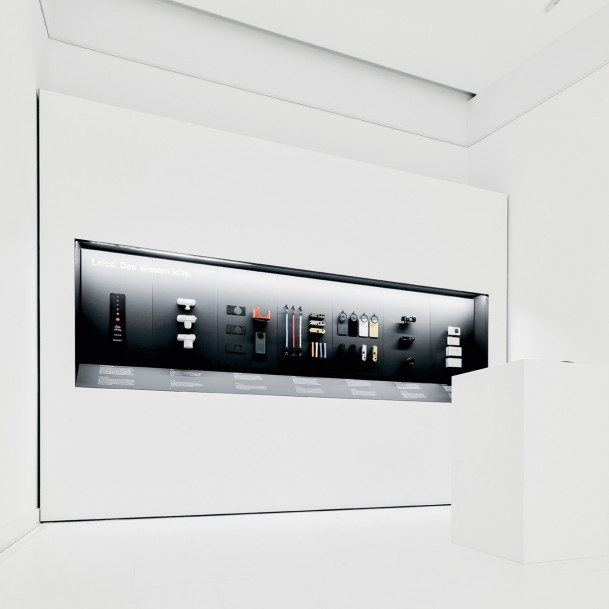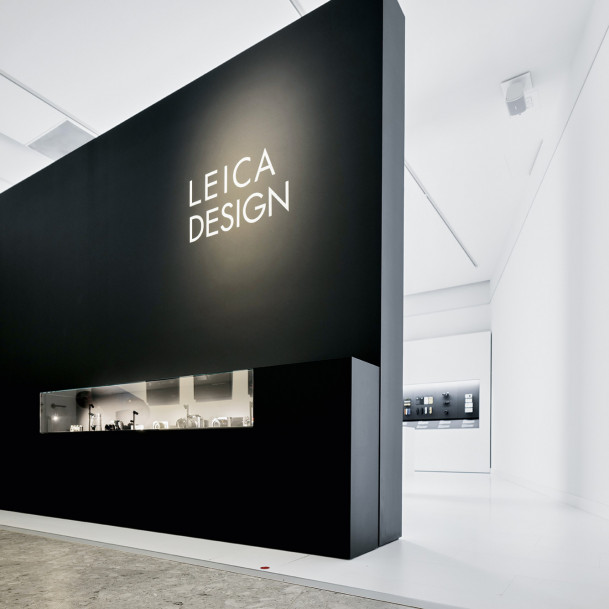Das Wesentliche
There are many reasons for visiting the Ernst Leitz Museum more than once. Without fail, one of them is the special exhibition “Leica Design”. It is a tribute to “das Wesentliche” as the artistic essence of Leica products.
You immediately recognize a Leica. Certainly, by the legendary red dot. But also, by the distinctive design. It is common knowledge that Oskar Barnack laid the foundations for the first compact camera which went by the name Leica. As precision mechanic and sculptor, Ludwig Leitz had a special sense for shapes. He in turn recruited Heinrich Janke and Hans-Kurt Uellenberg who would not only have a significant influence on the M-Design but on the Leica Design in general. With the medium-format camera S2 and the compact X1, Manfred Meinzer set the standards for both big and small designs. Achim Heine on the other hand gave shape to Leica compact cameras and Ultravid binoculars from the early 1990s. In 2010, Mark Shipard took over designing the Leica cameras and together with his Design Team, he has been creating everything around the Leica brand since 2015.
One of Leica’s brand characteristics is an artistic credo that all the mentioned designers pay heed to: reduction to the essential aka “das Wesentliche”. In this, the famous sentence according to which form follows function finds an especially uncompromising interpretation. Nothing is redundant, everything that is essential has been designed and crafted to the highest quality. It is reflected by the aesthetics and haptics of cameras and lenses but also by the typography and iconography of digital displays.
In the special exhibition on Leica Design, these aspects become visible and spatial experience. One of the highlights is the light installation which reveals a stylized Leica when viewed from a certain perspective. On the opposite wall, the artistic principle of “das Wesentliche” is explored from every angle: distinct shapes and proportions, spare accents of color, premium materials, and refined surfaces. In some cases, the latter are finished in meticulous handwork in order to bring form and function to highest perfection.
These are the ingredients for an evolutionary development of camera models which have remained true to themselves in the best sense. And over generations at that. In this, the appreciative recourse to icons such as Leica M creates an almost timeless connection to the history of Leica. “Good design is not only a feature of a certain time. It will stand the test of time over decades.” Of that, Ludwig Leitz was convinced. The product designers who came after him have shared this conviction and contributed to making the Leica Design distinctive until today.
Additional Information:



